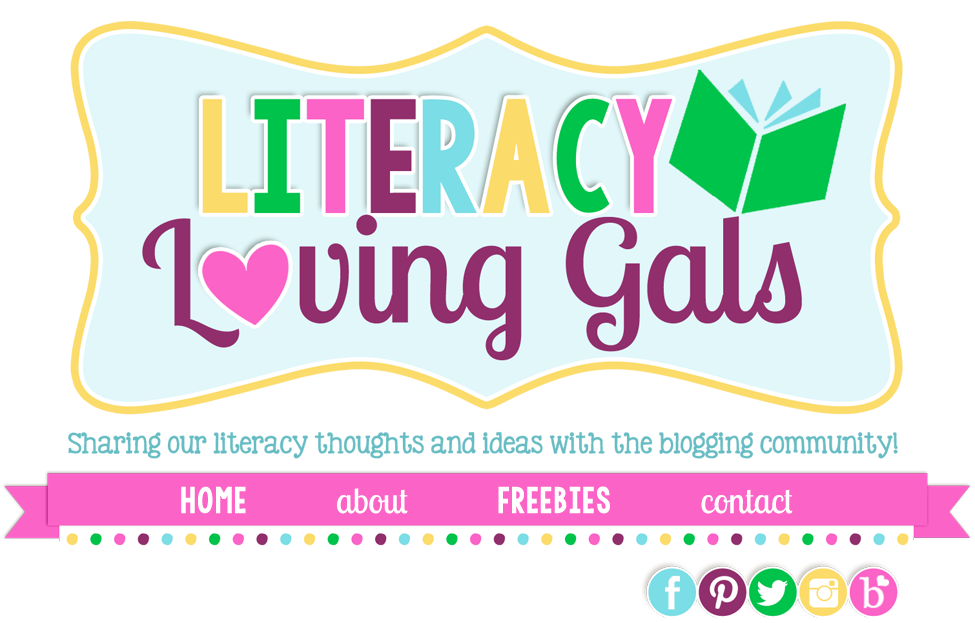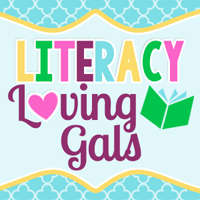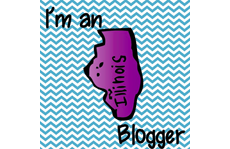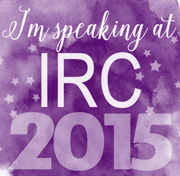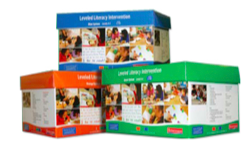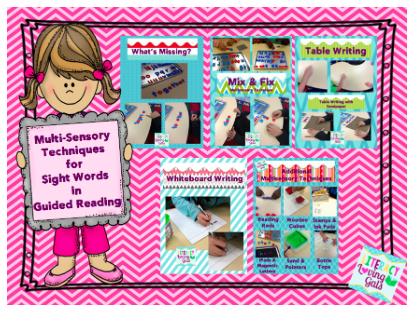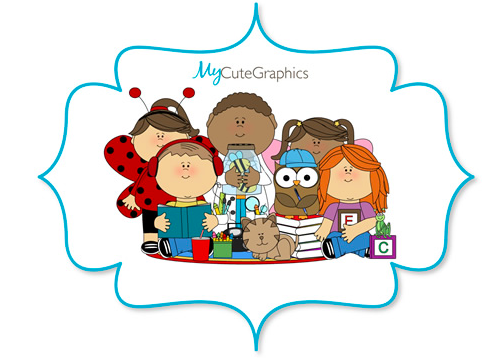Need help engaging your students when reviewing content? I think we've all had times in our teaching careers when we would answer a shouting, "YES!" to this question. If you don't have some *pep in your step* when teaching or a little added #tlap in your lessons, students can and will get bored.
When reviewing content, you must be quick and engaging. Typical review sessions require students to raise hands, while one or two students share answers, but that doesn't tap into all students' thinking. Teachers must honor the knowledge level of every student. In order to do that, ramp up the energy, but without it being a competitive game. Use a variety of tools and resources, add mobility/movement and make it fun! Easier said than done, right?
Addressing previously taught content is crucial. To be effective, it's important to incorporate quick reviews regularly in your classroom, while providing validation and clarification for students. Make sure to allow time and opportunities to *fix up what didn't stick* with students. Above all, honor the knowledge level of students. Below you will find some engagement strategies discussed at the Literacy Retreat that support effective content review.
In the Stand Up-Sit Down strategy, the teacher poses open-ended review questions to the class. Students discuss the answers to the review questions all while executing the designated method of delivery (Smekens, 2016). The steps to this strategy are below.
Teachers need to change up the method of delivery options for students to make it more engaging. For instance, students may need to stand on tippy toes with hands up while speaking to their partners, or pretend to be jumping rope, riding a horse while lassoing, or even pinching their noses while speaking. Get the idea? The suggestions below are images taken from a bookmark passed out at the Retreat. Case and point: Make it fun!
The 1-2-3 Show Me strategy is sweet and to the point. Students respond to a teacher's questions by silently showing their answers to the teacher, not speaking aloud. It allows the teacher to gauge who is understanding the content and who is needing additional scaffolding.
There are a variety of options for students to use when responding. For teachers without technology, create a class set of hold-up cards labeled, for example, A, B, C, and D, or use whiteboards and markers for students to display their answers. A further option is the site called Plickers. Click the hyperlink or image below to learn more about Plickers. Download a free set of hold-up cards HERE.
For classrooms with access to 1:1 technology, try using Whiteboard Apps or instant polling websites like Kahoot! and Quizizz. Make sure to give students time to investigate the answers to the questions. Refrain from giving students answers to the questions. Make them work for it! :)
The Answer of the Day strategy is similar to playing the game Jeopardy. Teachers place the following prompt on the board, The answer of the day is____. The blank space reveals a term, phrase or person the class has been studying. The students are then asked, What's the question?
Before students can begin taking ownership of generating questions, teachers must explicitly define what a *teacher-like question* looks and sounds like.
- The stronger questions demonstrate the student knows a lot about this term (or phrase, person) because it's packed full of lots of information and details.
- Describe what a weak/non-teacher question sounds like. Ex: What's a word that starts with /p/ and is important in this chapter? (Smekens, 2016)
Rather than writing definitions for terms, students are pulling on anything and everything they know about a specific concept. This strategy allows students to demonstrate what they know- no matter how much (or how little)- by asking a teacher-like question.If you are wanting to review more than one term, Smekens suggested handing out colored index cards. You can repeat the process for each term you want to review, using a different color of index card per term. Tip: If you are choosing to review more than one term, don't review the color cards in order. Mix them up and don't allow the students to see the color of the cards. Try to stump them!
Before I go into detail on the ABC Chart Carousel strategy, this is a collaborative exercise, so Smekens recommends acquiring and using multiple ABC Charts. Each group should have access to their own laminated chart. Laminate for durability! Purchase packs of different colored dry-erase markers, too. Prior to the activity, pass out a specific color of dry erase markers to each group, making sure no groups have the same color. The marker colors are what bring accountability to the group!
Once the above logistics have been taken care of, each group begins to brainstorm any thing they know about the topic being reviewed (or introduced), then writes down their answers in each square on the chart. For instance, if the topic is Weather, students may write lightning, low pressure, lake effect in the L square and snow, stratosphere, smog, sleet in the S square on the chart.
After students have had a chance to write down their brainstorming results, they stop, cap markers, stand up and rotate, bringing their markers with them. Students then read what the previous group members wrote on their chart and add to it. If students see something they think is wrong on the chart (for example, drought means rains a lot), teach them NOT to erase, but to strike through it with their groups color dry-erase marker. They can defend their thoughts at the end of the activity. Students should have the chance to rotate through all ABC Chart stations, as well as discuss what they added, changed, thought, etc. as a class. For a previous post discussing this chart and how I used it with my RtI groups, Click HERE.
 |
| Image from Literacy Retreat |
In regards to differentiation, to better support struggling students, you may want to allow them the opportunity to write their words first. The longer a student waits to go up to the board, the harder it is to decide upon a word, since the words are not allowed to be repeated. If students waiting to be called see a peer write the word they're thinking of, they must think of a new word. If you have students that need to be challenged, have them go towards the end. ;) Once every student has had a turn to write a word, have them pair up to discuss the terms from the Graffiti Wall.
 |
| Images from Literacy Retreat |
Keep in mind, before this activity can be successful, students must be explicitly taught how to pay attention to each other's responses, find the differences and similarities among the responses, discuss/feed each others' ideas and identify the best details of each person's response, as well as underline or circle the words and details the group finds the most crucial to their understanding of the posed question. If you would like to download your own copy of the T.I.P.S placemats, click HERE.
The Top 5 strategy is more suitable for intermediate students in a large group at the end of a sizable unit or novel study containing a fair amount of content. Students are independently required to list their Top 5 or most important ideas they learned in the unit, novel study, etc. During the sharing portion of the activity, anything that is newly mentioned, is written down for all to see. However, every time something is repeated, tally mark it. This will help students figure out or identify the Top 5 important ideas. It was suggested NOT to divide up the load into partners or small groups because there is power in large group student discussions!
